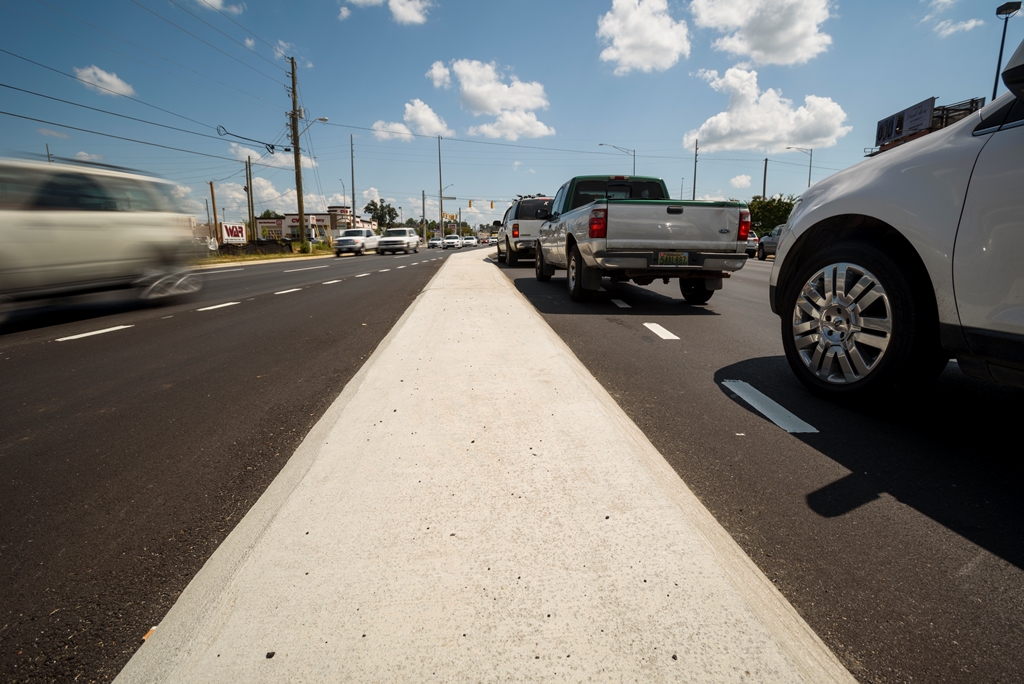TUSCALOOSA, Ala. — There are more fatal crashes during the days surrounding Independence Day than the rest of the year, according to an analysis of state traffic records by researchers at The University of Alabama.
During the past five years, the five days around the Fourth of July averaged three fatal crashes a day, 29% higher than the average of fatal crashes per day the rest of the year, the study by UA’s Center for Advanced Public Safety showed. This came despite total vehicle crashes being slightly lower during the five-day period around July Fourth, which includes the holiday along with two days before and after.
The major causes of crashes around the holiday are impaired driving from alcohol or other drugs as well as speeding.
“This is true in most states,” said Dr. David Brown, a researcher with CAPS who performed the study. “Times before and after this iconic American holiday make it one of the deadliest holiday periods of the year across the country due to drunk-driving crashes.”
The study employed the Critical Analysis Reporting Environment, or CARE, a software analysis system developed by CAPS research and development personnel to automatically mine information from existing databases. The Alabama Law Enforcement Agency, or ALEA, provided crash records for the study.
The times of the crashes as well as the high number and proportion of run-off-the-road and single vehicle crashes all support the conclusion of speed and DUI causation, Brown said.
From 2014 to 2018, the five-day period around Independence Day averaged 1,857 crashes, about 90 percent of the average from any randomly chosen five-day period throughout the year. However, the three fatal crashes per day is more than the 2.33 per day the rest of the year, according to state traffic data.
Similar to other holidays, the frequency of crashes is lower mainly because of fewer crashes on July Fourth itself, typical of lower crashes on other holidays, as people are likely at their destinations.
“To take advantage of the lower number of crashes on the Fourth itself, the best time to travel is during mid-day and before it gets dark,” Brown said. Fatal crashes increase after 6 p.m. and occur significantly more than the typical day during the two days before and after the holiday, according to CAPS’ analysis.
While observing the traditional recommendations of not driving under the influence of drugs or alcohol nor riding with drivers who fail to observe speed limits, Brown said seat belts save many lives in otherwise fatal crashes.
“The most effective way of increasing survivability and reducing injury in all crashes is the use of restraints,” he said.
Of those killed in crashes during the holiday period, 63% were not buckled, a higher rate than the rest of the year. The fatality rate for those who wore restraints was less than 1%.
The National Highway and Traffic Safety Administration conducts targeted media campaigns for Independence Day called “Drive Sober or Get Pulled Over” and “Buzzed Driving is Drunk Driving.” There is also extra enforcement on the roads across the country to try to reduce impaired driving over the holiday period.
Contact
Adam Jones, UA communications, 205-348-4328, adam.jones@ua.edu
